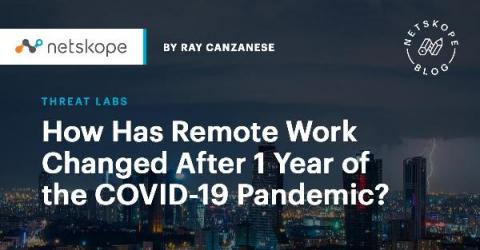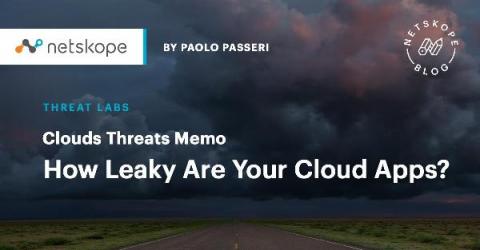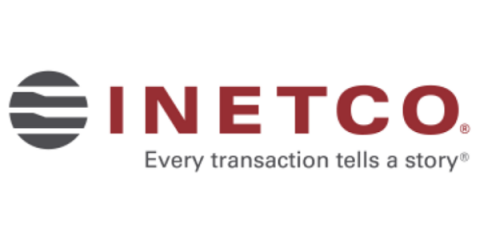Snyk Expands Into Asia Pacific Japan
At the beginning of 2021, I noted that Snyk was ready to soar. And soar we have…the rocket ship’s next stop? Asia Pacific and Japan (APJ). I would like to welcome Shaun McLagan, our new Vice President of APJ Sales, and our new partners Temasek, an investment company headquartered in Singapore, and Geodesic Capital, a venture capital firm that specializes in helping technology companies expand into Asia, to the Snyk family.











